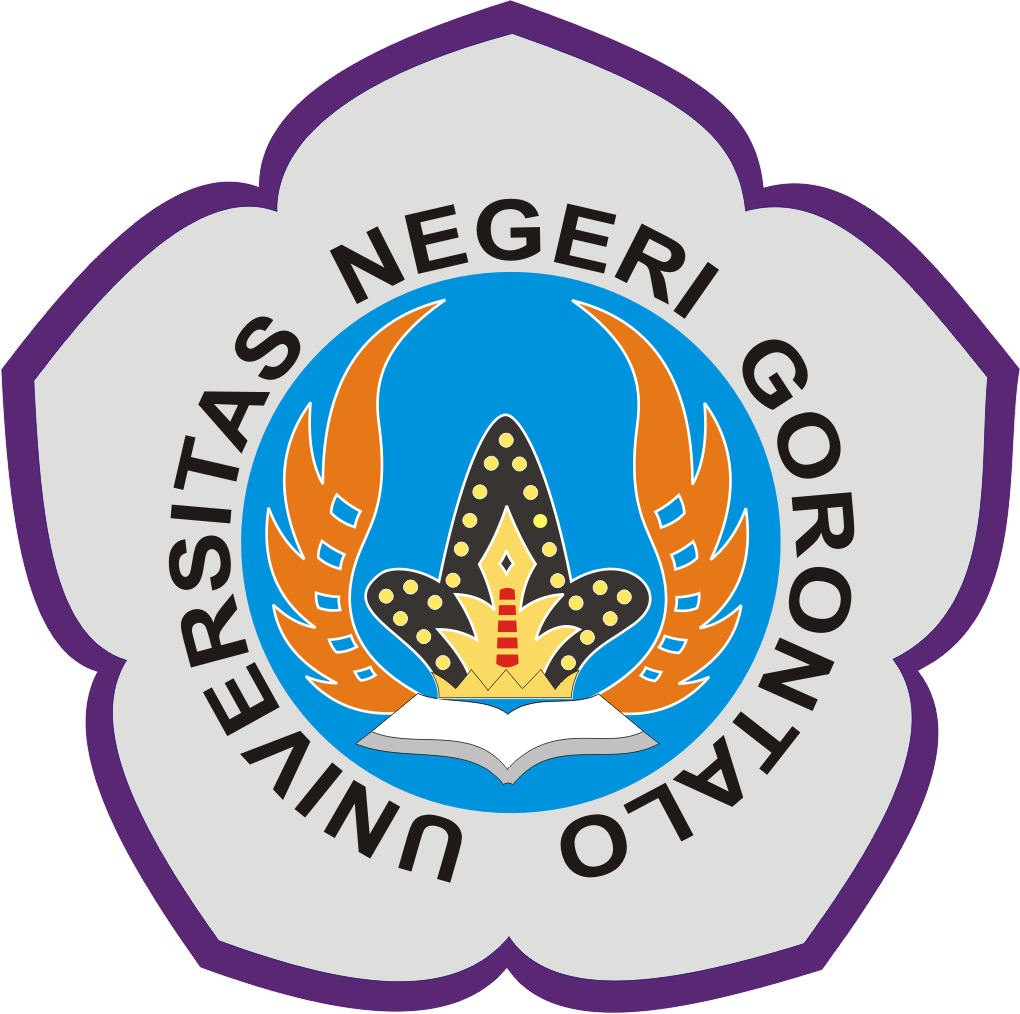The Incidence of Anemia and Its Relationship With Nutritional Status (A Study on Female Students at SMA Negeri 3 Gorontalo)
Abstract
Introduction: The calibre of its human resources dramatically impacts the development of a nation. However, specific health concerns, such as malnutrition, specifically anemia, continue to impede the progress of women of reproductive age, particularly teenage girls, due to the increasing requirement for iron during puberty and menstruation. This study aims to explore the correlation between nutritional status and the prevalence of anemia in female students, specifically focusing on high school students.
Method: This cross-sectional study examined the correlation between the nutritional status of female students in grade XI at SMA Negeri 3 Gorontalo from September to November 2023. Microtoise and digital scales will be employed to obtain the student's body mass index (BMI) values to evaluate their nutritional status. Anemia will be detected using a digital strip-test Hb measuring instrument, and purposive sampling will be used as the sampling technique. The Spearman rank analysis test will be used to determine the significance of the associative hypothesis.
Results: The study primarily consisted of young women, with the majority being 15 years old (41.2%), possessing normal nutritional status (76.5%), and not experiencing anemia (66.7%). An intriguing correlation was discovered between nutritional status and anemia incidence among female students at SMA Negeri 3 Gorontalo (r=-0.364, p= 0.009).
Conclusion: The prevalence of anemia among female students at SMA Negeri 3 Gorontalo is related to their nutritional status. It is recommended that healthcare professionals provide counselling and education on anemia, particularly for teenage girls.
Keywords: Anemia, teenage girl, nutritional status.
Full Text:
PDFReferences
Nurjannah SN, Putri EA. Hubungan status gizi dengan kejadian anemia pada remaja putri di SMP Negeri 2 Garawangi Kabupaten Kuningan. Journal of Midwifery Care. 2021;1(02):125-131.
UNICEF. Prevalensi gizi kurang. New York; 2006.
Kemenkes RI. Peraturan Menteri Kesehatan Republik Indonesia Nomor 28 tahun 2019 tentang angka kecukupan gizi yang dianjurkan untuk masyarakat Indonesia. Jakarta: Kemenkes RI; 2019.
World Health Organization. Prevalensi gizi kurang. Geneva; 2012.
Kemenkes RI. Prevalensi status gizi pada remaja di Indonesia. Jakarta: Kemenkes RI; 2018.
Alfaridh AY, et al. Prodi S1 Kebidanan FK Universitas Andalas. Jurnal Pengabdian Kesehatan Masyarakat (Pengmaskesmas). 2019;3(1):31.
Sunita. Prinsip dasar ilmu gizi. Jakarta: Gramedia Pustaka; 2010.
Sanjaya R, Sari S. Hubungan status gizi dengan kadar hemoglobin pada remaja putri di Madrasah Aliyah Darul Ulum Panaragan Jaya Tulang Bawang Barat tahun 2019. Jurnal Maternitas Aisyah (JAMAN AISYAH). 2019;1(1):1-8.
Khan A, Chawla RK, Guo M, Wang C. Risk factors associated with anaemia among adolescent girls: a cross sectional study in District Peshawar, Pakistan. J Pakistan Med Assoc 2019;69(11):1591-1595.
Ferdian D, Rohman H, Abdullah A, Irwan, Triyanto. Overview of nutritional status among female students. Indonesian Journal of Global Health Research. 2024;6(2):2715-1972.
Supariasa ID, Bakri B, Fajar I. Penilaian status gizi. Jakarta: Penerbit Buku Kedokteran EGC; 2016.
Suhardjo. Perencanaan pangan dan gizi. Jakarta: Bumi Aksara; 2007.
Kurniasih, Soekiman. Sehat & bugar berkat gizi seimbang. Jakarta: Gramedia; 2010.
Yuniarti Y, Zakiah Z. Anemia pada remaja putri di Kecamatan Cempaka Kota Banjarbaru. Jurnal Inovasi Penelitian. 2021;2(7):2253-2262.
Muhayati A, Ratnawati D. Hubungan antara status gizi dan pola makan dengan kejadian anemia pada remaja putri. Jurnal Ilmiah Ilmu Keperawatan Indonesia. 2019;9(01):563-570.
Jadiyani K, Heriyani F, Rosida L. Hubungan status gizi dengan kejadian anemia pada remaja putri di SMA PGRI 4 Banjarmasin. Homeostasis. 2018;1(1):1-7.
Cia A, Nur AS, Lion H. Asupan zat besi dan prevalensi anemia pada remaja usia 16-18 tahun. Jurnal Kesehatan. 2021;04(02):144-150.
Melyani A. Faktor-faktor yang berhubungan dengan kejadian anemia pada remaja putri di sekolah SMPN 09 Pontianak tahun 2019. Jurnal Kebidanan. 2019;9(2).
El SF, Wahid I, Semiarti R. Hubungan status gizi dengan kejadian anemia pada remaja putri di SMAN 2 Sawahlunto tahun 2014. Jurnal Kesehatan Andalas. 2014;6(1):202.
Nafiah U. Hubungan tingkat pendidikan dan ekonomi keluarga terhadap status gizi balita di Desa Mirigambar Kecamatan Sumbergempol Kabupaten Tulungagung. 2020;1-12.
Ali MS, Haque MJ, Islam ATMF, Haque MA, Awal MA. Study on nutritional status of the adolescent relationship with their socio-economic status in Bagha, Rajshahi. EAS Journal of Nutrition and Food Sciences. 2024;6(4).
Utami A, Ani M, Dodik P, Diah RW. Prevalence of anemia and correlation with knowledge, nutritional status, dietary habits among adolescent girls at Islamic boarding school. Jurnal Gizi Indonesia. 2022;10(2):114-121.
Sayed SF, Nagarajan S. Haemoglobin status to determine nutritional anaemia and its association with breakfast skipping and BMI among nursing undergraduates of Farasan Island, KSA. J Nutr Sci. 2022;11:e36.
DOI: https://doi.org/10.37905/jmhsj.v3i2.27165
Refbacks
- There are currently no refbacks.
Jambura Medical and Health Science Journal (JMHSJ) has been indexed by:
 |  |  |  |
| Editorial Office |
Medical Faculty Building, 1st Floor Jl. Jend. Sudirman No.6, Kota Gorontalo, Gorontalo, 96128, Indonesia.Whatsapp: +6285233215280 Email: [email protected] |
 |











